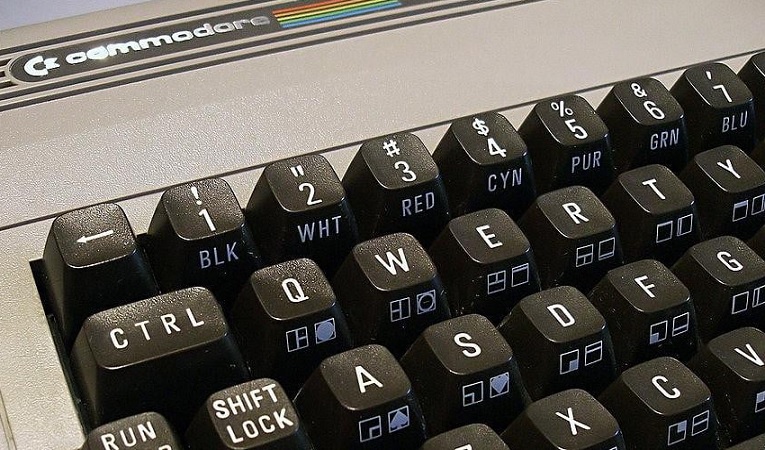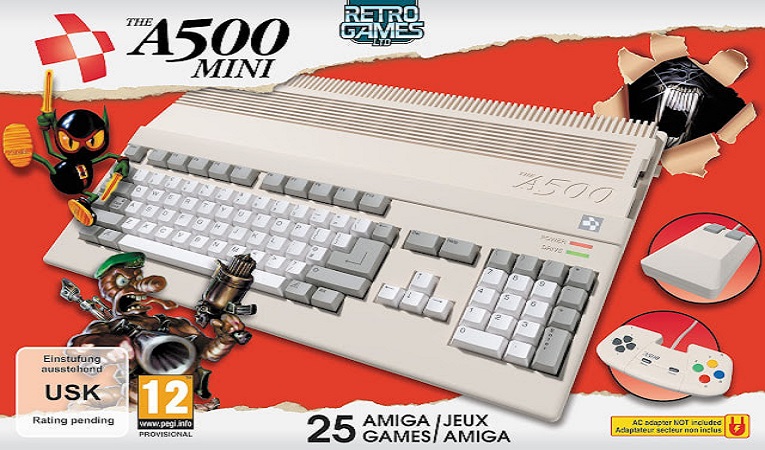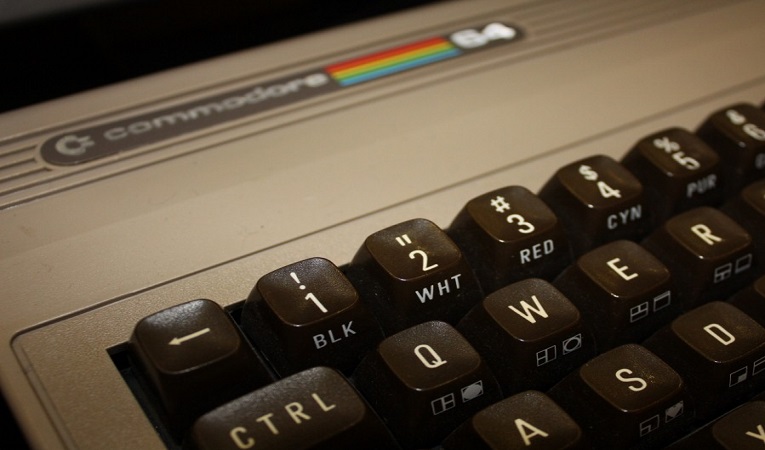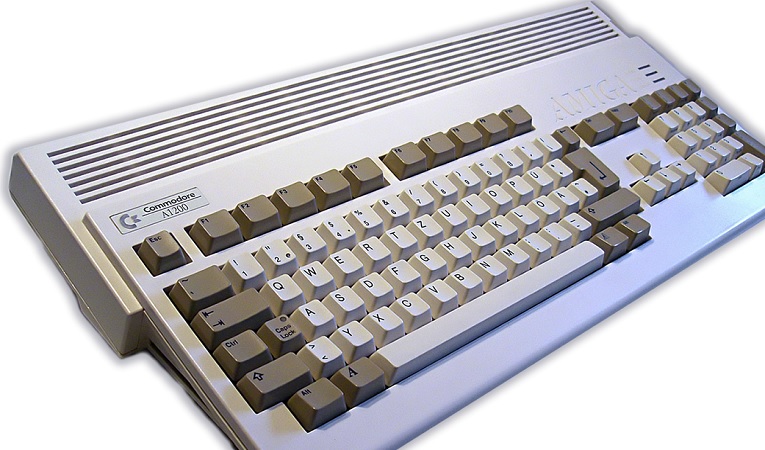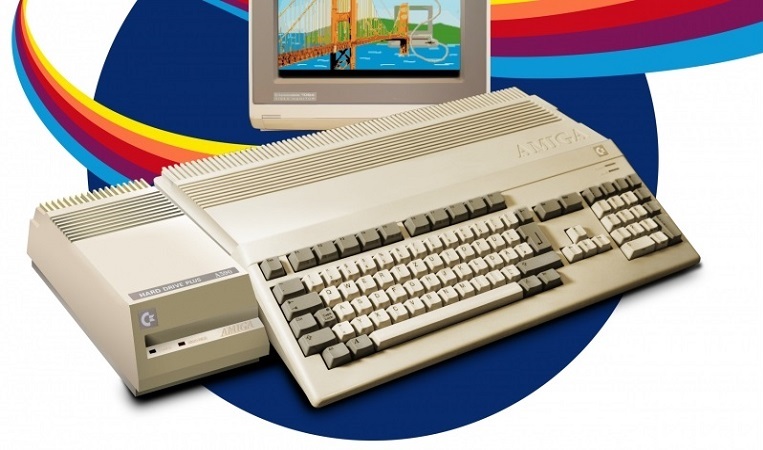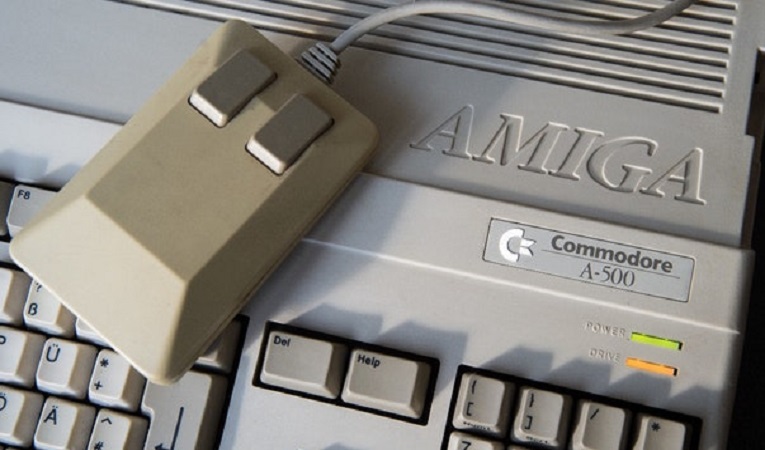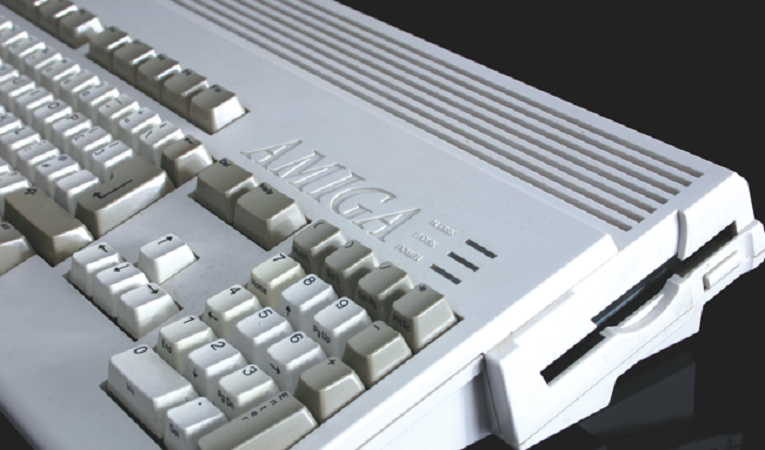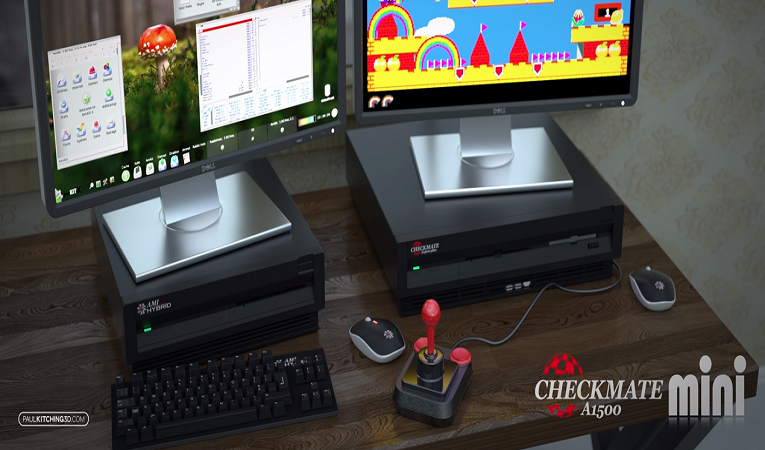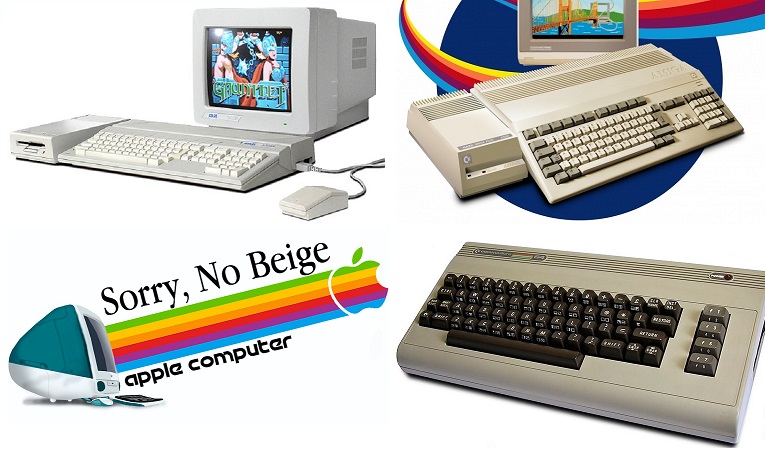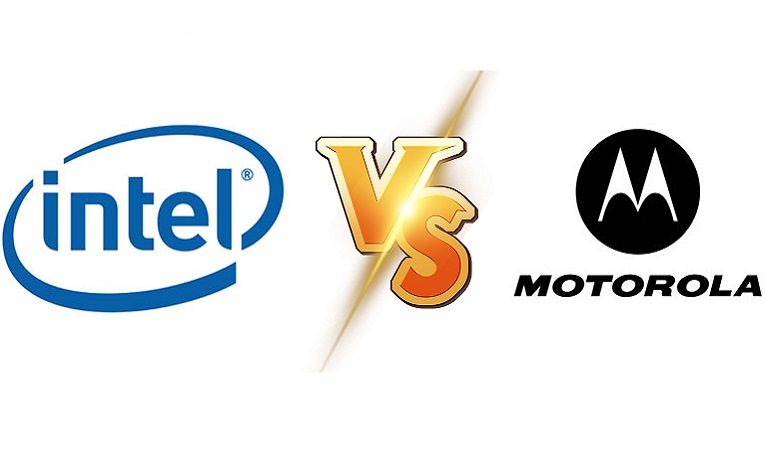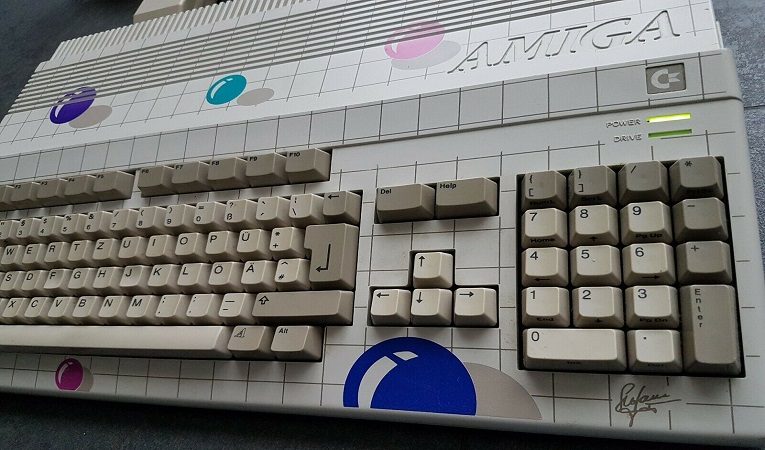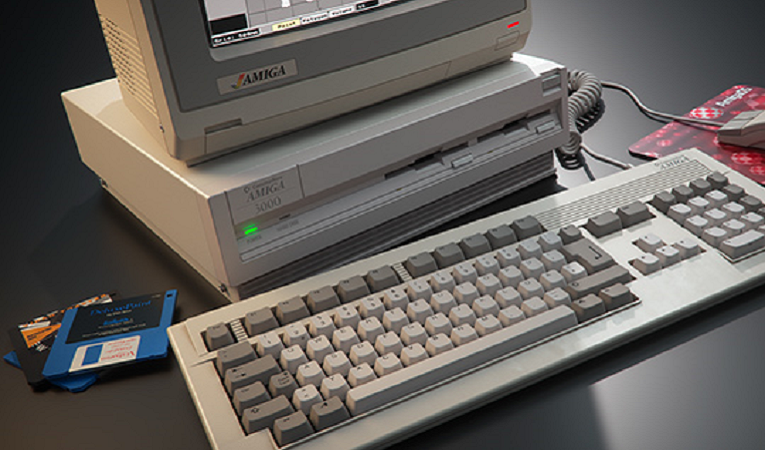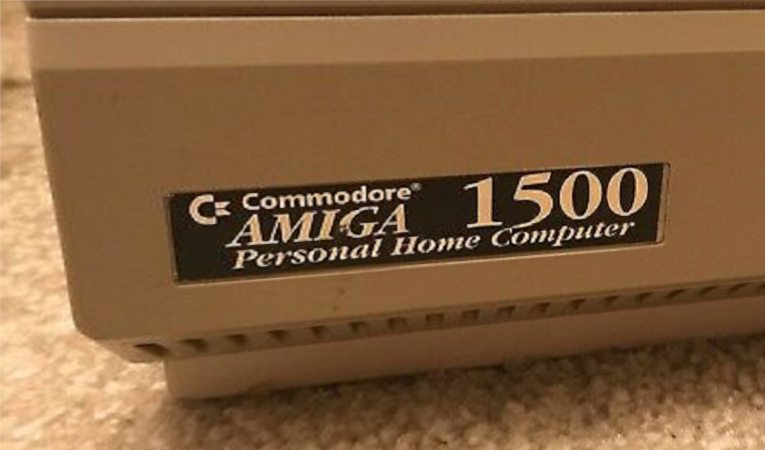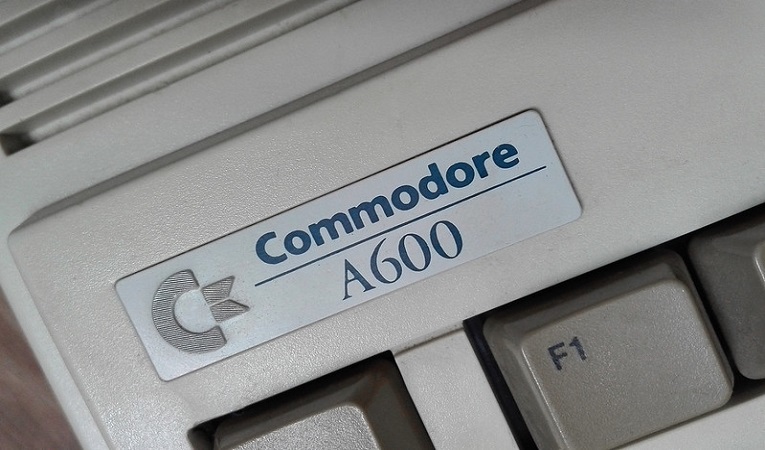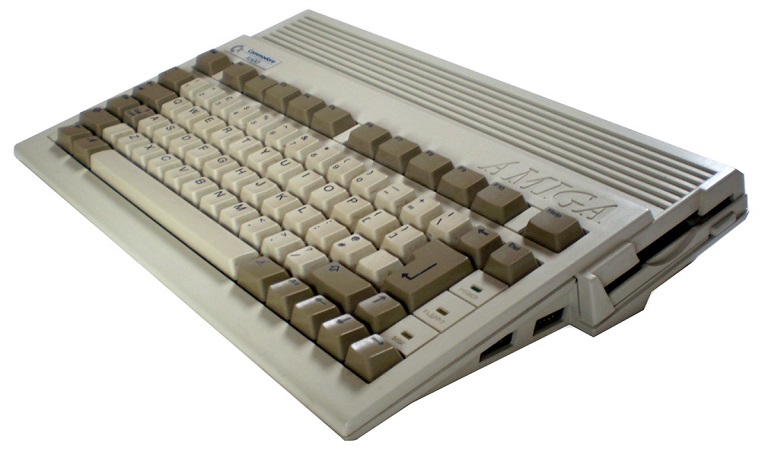
The A600 is Commodore’s final model based on the Motorola 68000 CPU and the ECS chipset. It is essentially a redesign of the Amiga 500 Plus, with the option of an internal hard disk drive and a PCMCIA port. A notable aspect of the A600 is its small size. Lacking a numeric keypad, the A600 is only slightly larger than a standard PC keyboard. It shipped with AmigaOS 2.0, which was generally considered more user-friendly than earlier versions of the operating system. The A600 was the first Amiga model with a built-in RF modulator, which allowed the A600 to be used with a standard CRT television. The A600 is also the first of only two Amiga models to feature a PCMCIA Type II interface. This connector allows use of a number of compatible peripherals available for the laptop-computer market. Commodore intended it to revitalize sales of the A500-related line before the introduction of the 32-bit Amiga Home Computers. The A600 was the first Amiga model to be manufactured in the UK. The factory was in Irvine, Scotland, although some later examples were manufactured in Hong Kong. The A600 enjoys big fans but also big haters, the biggest criticism was surprisingly enough from the managing director of Commodore UK, David Pleasance and described the A600 as a “complete and utter screw-up”. The A600 was the first mini Home Computer concept ever but also lacked everything a 1992 computer system should offer to consumers. Commodore should have skipped the massive investment in the A600 and would have more money left for R&D and marketing of upcoming 32-bit Amiga Home computers, the A1200 and A4000 end 1992 or 32-bit game console Amiga-CD32 in 1993.

